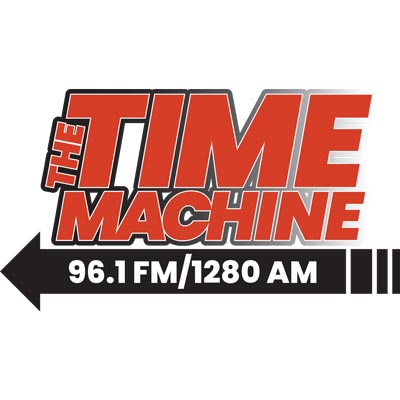This week’s economic calendar is packed with key reports and influential Fed speeches, set to provide crucial clues amid escalating uncertainty. Recent inflation data have fanned stagflation fears – with core PCE inflation nudging up to 0.4% month-over-month (from 0.3% in January) and the year-over-year rate climbing from 2.7% to 2.8% – raising concerns that rising price pressures might persist even as nominal income growth continues to moderate. Falling inflation-adjusted incomes could hurt the consumer.
Consumer Spending and Income Growth in Question
A $15 billion decline in spending on food services, travel and hotels reveals that households are making tough trade-offs. With the personal savings rate climbing to 4.6% (up from 4.3% in January and 3.3% in December), it’s clear that consumers are building precautionary buffers amid uncertainty.
Manufacturing & Services: The ISM Outlook
The ISM Manufacturing and ISM Services indices will be in focus this week. These surveys, which provide hints about the health of the manufacturing and services sectors through questions on production, new orders, employment, supplier deliveries and inventories, include a Prices Index that has been on the rise. With input costs increasing, rising prices in manufacturing could signal broader inflationary pressures. Furthermore, April 2 – now being touted by the new administration as “liberation day” – is expected to result in higher market volatility.
Employment Report: The Ultimate Wild Card
Perhaps nothing will shake financial markets more than the upcoming BLS employment report. Uncertainty over the current policy climate means businesses will likely continue to hold back on hiring new workers – hiring rates are already at their lowest levels since 2014. Although layoffs have remained somewhat in check, federal government job cuts could begin to show up in upcoming jobs data. Along with falling consumer and business confidence, the report is expected to show a downtick in both employment and wage growth for March.
Looking Ahead
Since the last week of February, the Dow Jones, S&P 500 and Nasdaq Composite have declined by 4.9%, 7%, and 10.8%, respectively. For every dollar of lost market value, consumer spending typically drops by 2 to 5 cents, and with the stock market correction already underway in March, early data suggest that the economy is stalling. Yet, in the midst of these challenges, a slowdown in the growth rate of the labor force means wages are still rising faster than prices. Without further shocks and a larger slowdown in labor demand, the U.S. economy might be able to stave off a recession.







